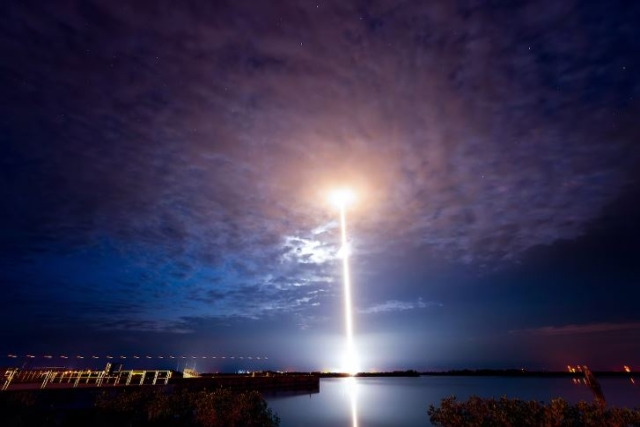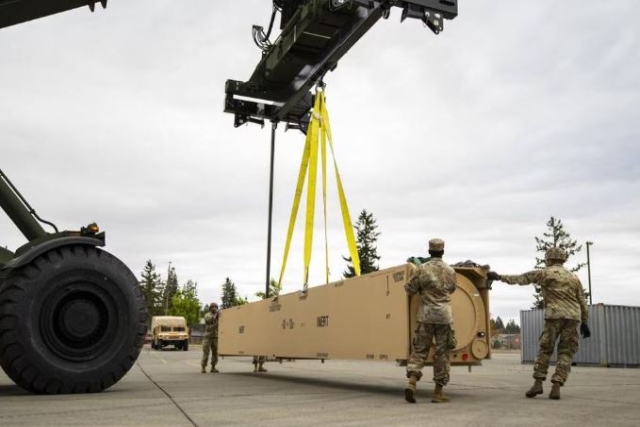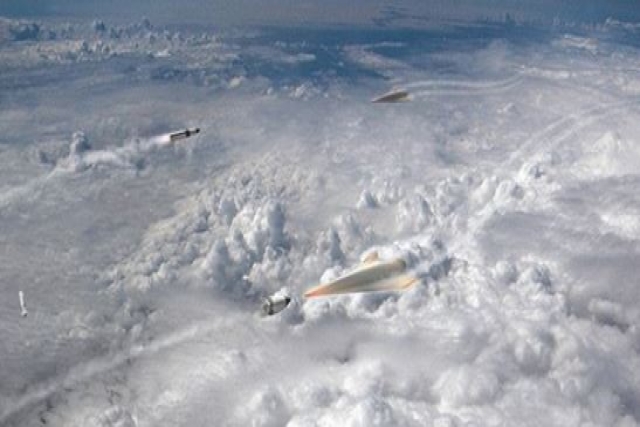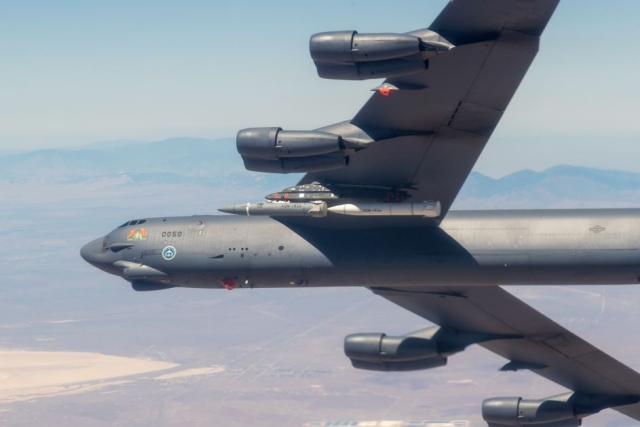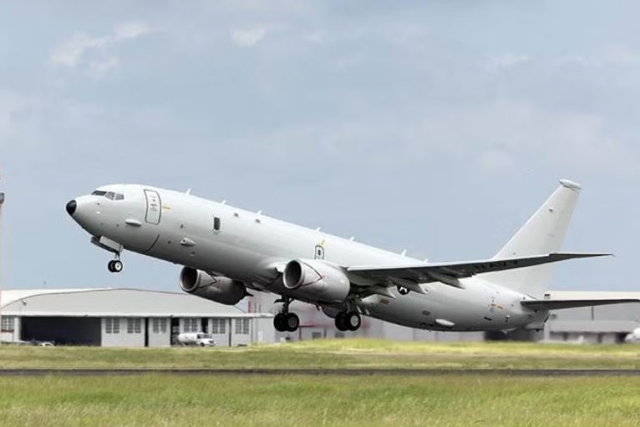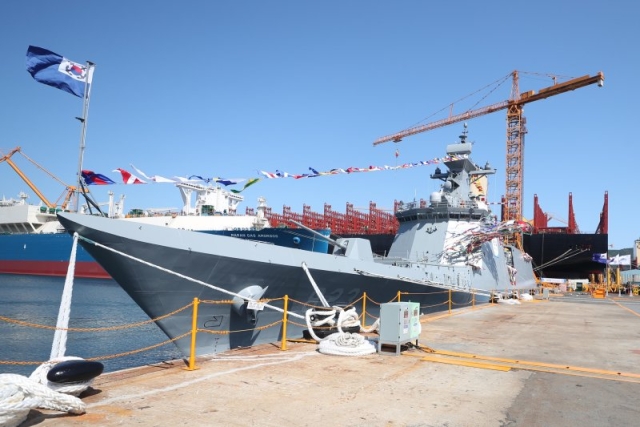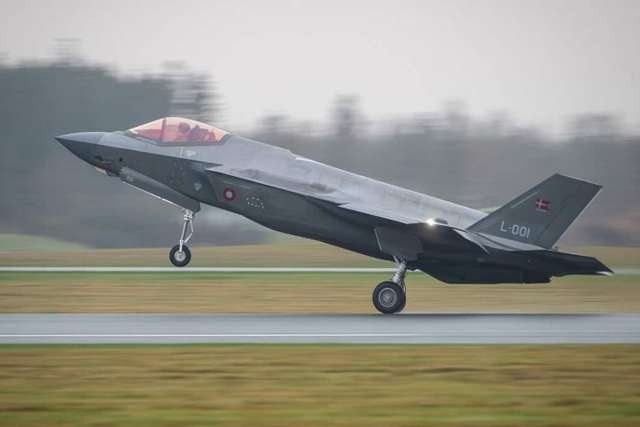RTX Completes Technical Review for U.S. Navy's First Anti-Ship Hypersonic Missile ‘HALO’ Prototype
HALO is a future air-to-surface weapon that is expected to travel at Mach 5
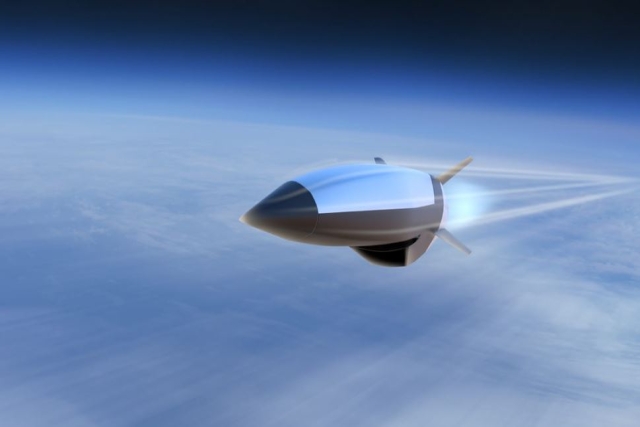
Raytheon, a business under RTX, has completed the technical review and prototype fit-check in the first phase of the U.S. Navy's Hypersonic Air Launched Offensive Anti-Surface (HALO) program.
HALO represents a carrier-based, high-speed missile designed to bolster the Navy's capabilities in contested battlespaces, particularly in anti-access/area denial environments. The missile aligns with the Navy's long-range fires strategy, offering enhanced anti-surface warfare capabilities.
The HALO prototype's digital and physical design concepts were rapidly developed within a few months using advanced digital and model-based engineering techniques. A successful fit check on an F/A-18 Super Hornet was conducted in the fall, ensuring compatibility with the Navy's carrier-capable aircraft and existing support equipment.
Raytheon was awarded the phase one HALO contract in March 2023, and the development work is being carried out in Tucson, Arizona. The company highlighted the accelerated pace of HALO's development, attributing it to the use of model-based and digital engineering processes in creating the prototype's design concepts and models.
While specific details of the missile's specifications remain classified, experts predict it to be a scramjet-powered weapon. The HALO missile is expected to integrate with F/A-18E/F Super Hornets, F-35C Lightning II, and potentially next-generation fighter jets. HALO is a future air-to-surface weapon that can travel at Mach 5 (6,174 kilometers/3,836 miles per hour).
Raytheon and industry partner Lockheed Martin secured $116 million in contracts last March to advance the HALO program's first phase, focusing on technical maturation, preliminary design review of the propulsion, and ensuring the hypersonic system's compatibility with naval carriers. The work on HALO in Tucson, Arizona, is anticipated to lead to operational capability by the late 2020s.
